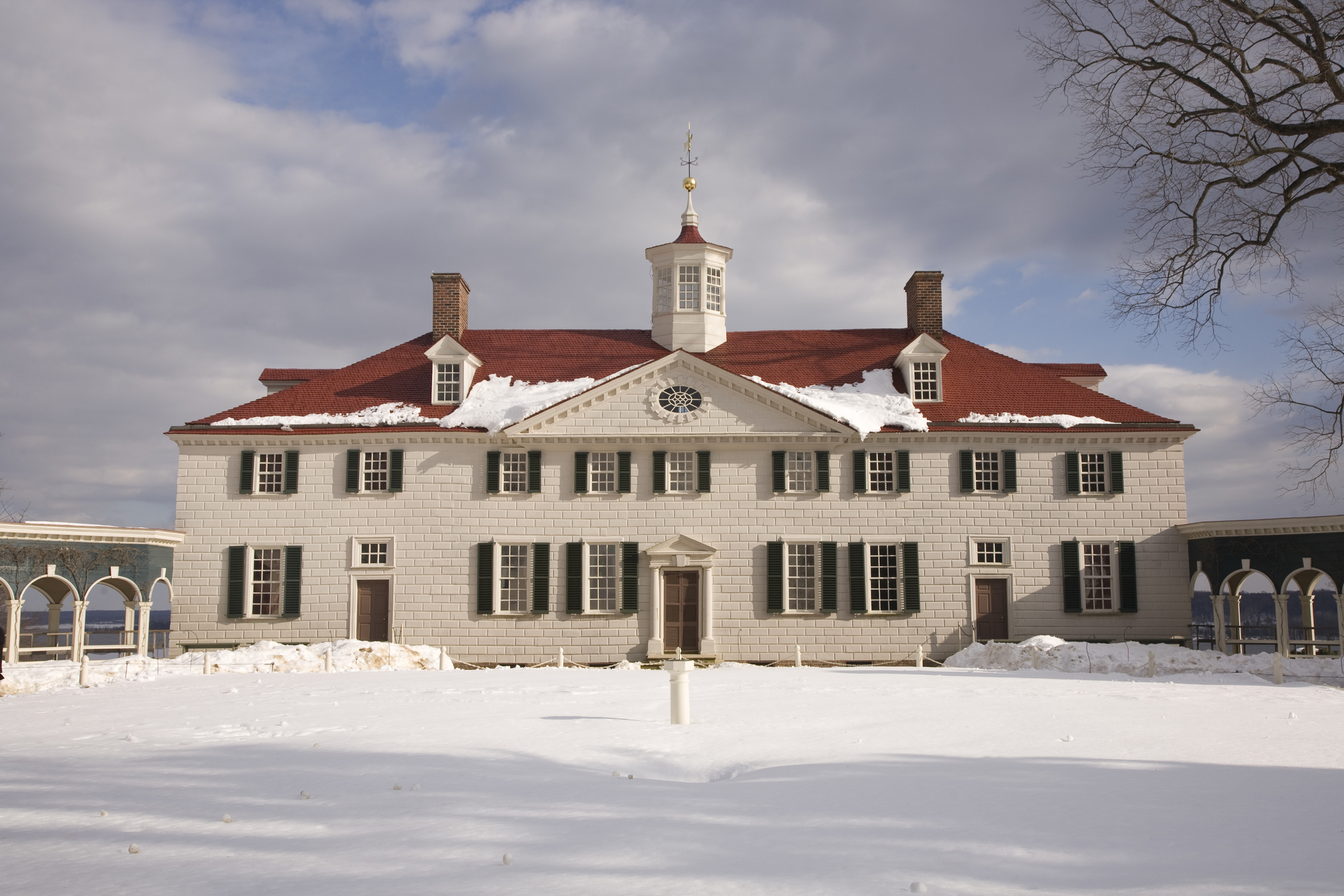Presidential Destinations: George Washington's Mount Vernon

(NOTE: This is the first in a series of articles about presidential mansions.)
No historic tour of the Washington D.C. area is truly complete without a visit to Mount Vernon--the mansion built by the first president of the United States.
George Washington’s plantation estate on the shores of the Potomac River is one of America’s most famous homes.
Washington enjoyed staying on his acreage, even when serving as president of the United States.
“I can truly say I had rather be at Mount Vernon with a friend or two about me, than to be attended at the seat of government by the officers of state and the representatives of every power in Europe,” Washington wrote to David Stuart in 1790.
Originally a one and one-half story farmhouse built by Washington’s father in 1935, Mount Vernon eventually grew to a 21-room estate.
Washington began leasing the plantation in 1754. By the time Washington took sole possession in 1762, the humble home was a “fixer.”
In 1758 he raised the roof by two and a half stories. The northern and southern wings, along with the cupola and piazza were added in 1774.
Most of the rooms at Mount Vernon have been restored to their appearance at the time of George and Martha Washington's occupancy.
Washington had no formal training as an architect, so he wasn’t bound by conventional thinking. He employed covered walkways connecting the main home to supporting structures.
Learn more at www.mountvernon.org.
Fun facts about Mount Vernon, courtesy Mount Vernon Ladies Association:
- The estate contains a smokehouse capable of smoking 300 hams at once.
- Washington was a prolific farmer who kept detailed records of his cultivation. Mount Vernon’s four-acre Pioneer Farm represents the thousands of acres Washington owned.
- Mount Vernon doesn’t shy away from Washington’s background as a slave owner. Pioneer Farm shares the history of roughly 100 slaves who worked the fields.
- Washington added a whiskey distillery to the estate shortly before his death. In 1799, the year he died, the estate produced 11,000 gallons of whiskey, making it the largest whiskey distillery in America at the time.
- The formal dining room is part of the original house and dates back to 1735. It features a vibrant green paint scheme and a ceiling with intricate plaster work.
- The mansion is 10 times the size of the average colonial home in Virginia. All told, the plantation offers 11,028 square-feet of living space.
- Roughly 1 million guests per year visit Mount Vernon. The most Washington ever hosted was 677 in 1798.
- The facade is asymmetrical. Washington intended for a symmetrical design, but the construction of stairs in 1758 pushed a door to the north and a window south into the small dining room. The door and cupola do not line up as a result, and the windows are not evenly spaced.